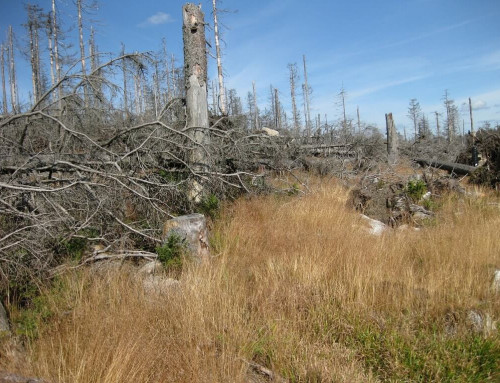
River erosion. Image credit Internationalarchives.org
ZIMSEC O Level Geography Notes: River Erosion
- River erosion involves the wearing away of rock and soil found along the river bed and banks.
- It also involves the breaking down of the rock particles being carried downstream by the river.
- There are four main processes of erosion.
- These are corrasion, attrition, hydraulic action and solution (also known as corrosion).

The processes of erosion. Image credit slideshare.net
Corrasion
- Is the wearing down of the sides and bed of the river by the load as it is being transported by the river.
- Corrasion occurs when a river picks up material and rubs its bed and bank wear them away by abrasion like sandpaper.
- Corrasion therefore happens when the river’s sides and bed are scrapped off by the material being transported by the river.
- This process is most pronounced during flooding.
- This is the major means of erosion by which a river extends both vertically and horizontally.
- If there are hollows in the river bed, pebbles can get trapped in these and whirled by turbulent eddies (in circular motion) to form potholes.
- When pebbles are trapped in existing potholes these are deepened further by the whirling pebbles.
- Corrasion wears away the channel’s river bed and add more material to the river’s load thus amplifying the processes as more load means more corrasion.
Attrition
- Is a process by which the river’s own load is broken down from larger particles into smaller ones.
- This happens because the river’s load which is made up of different sized particles which collide and knock into each other causing them to break into smaller fragments.
- As the load progresses downstream it gets smaller and smaller.
- Also angular rocks become increasingly rounded.
Hydraulic Action
- refers to the sheer force and turbulence of the moving water which can be able to remove loose material such as gravel, sand and silt.
- This force can also weaken solid rocks by surging into cracks in the rock.
- This processes can be aided when there is air in the cracks which is compressed causing eventual bank collapse.
- Cavitation is a form of hydraulic action caused by bubbles of air collapsing and the resultant shock waves hit and weaken the banks of the river.
- Hydraulic action by itself is very effective if the river does not have some load to produce corrosive erosion/abrasive erosion.
- Hydraulic action is the weakest and least effective form of erosion.
Solution or Corrosion
- The water in the river dissolves some soluble rocks such as rock salt and sometimes limestone.
- This is most effective in areas where the stream bed and banks are composed of soluble rock for example in limestone regions.
- This method of erosion takes place all the time and is independent of a river’s velocity or discharge.
- It is similar to the chemical weathering process of solution.
- The river’s corrosive ability is aided, however, if there are acids within it.
Forms of Erosion
- The above four processes make up a river’s erosion processes.
- River erosion takes place in three ways:
- Headward erosion, lateral erosion and vertical erosion.
Headward Erosion

Headward Erosion. Image credit e-xamit.ie
- Is the processes by which a river increases its length upstream.
- This is achieved by a river cutting back at its source.
- Rain wash and soil creep are other processes by which a river extends its channel up the slope.
Lateral Erosion

Forms of Erosion, Up arrow shows headward erosion, the two arrows lateral erosion/widening or channel and the downpointin arrow vertical erosion. Image Credit WikiCommons
- The processes by which the river’s sides are worn away and the channel being extended in width.
- This is more pronounced along the bends (outside banks) of meanders.
Vertical Erosion
- This is a process by which a river deepens its channel.
To access more topics go to the Geography Notes page.



